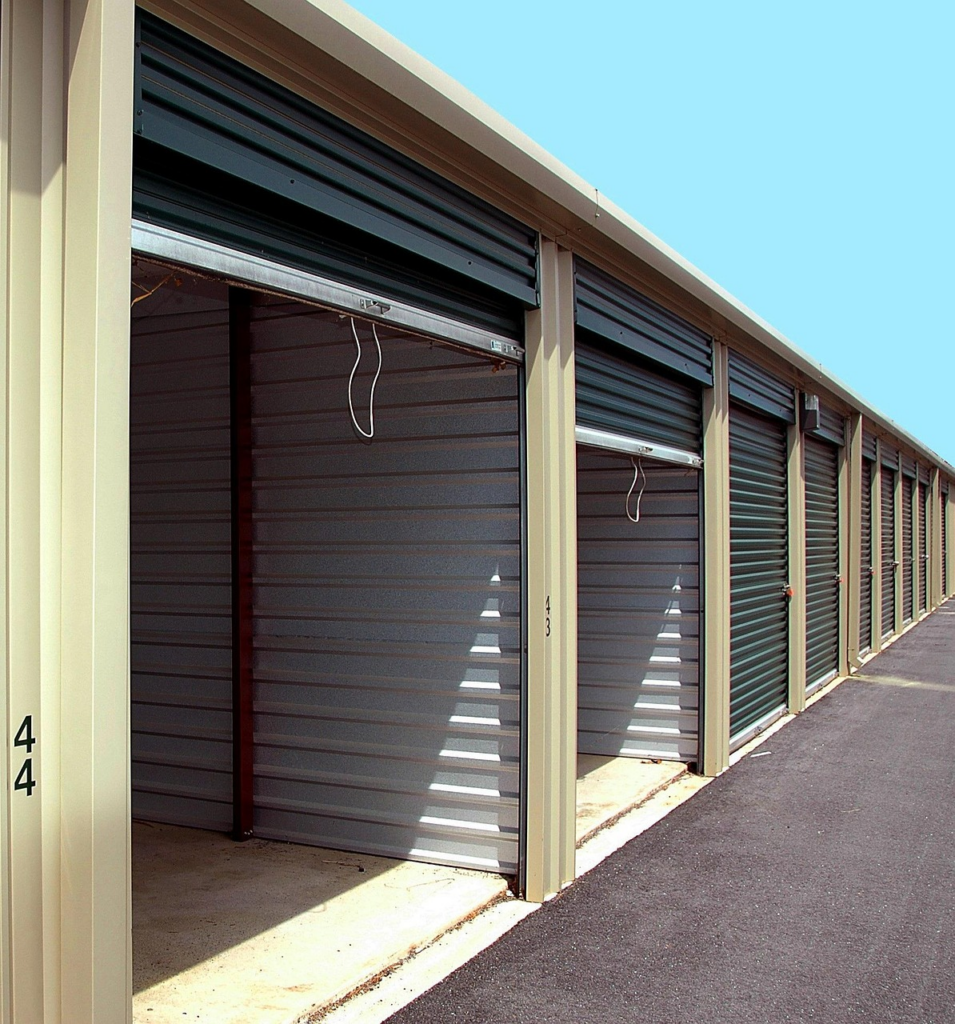Online shopping is getting more popular. However, it also leaves a huge mark with all the packaging and transport involved. Businesses now have to rethink how they store and move items to cut down on harmful emissions. Better setups do not just boost customer satisfaction but also help lower energy expenses. Just a few simple tweaks can further help companies meet legal protocols without slowing down services.
Localized Fulfillment
Setting up smaller distribution centers close to customers can really cut down travel distances. When orders come from nearby hubs, vehicles burn less fuel. This not only reduces traffic on the roads but also cuts down shipping times. In addition, it lowers the chances of mix-ups and misplacements. Overall, it results in smoother operations and happier buyers.
Resource-Efficient Warehousing
Upgrading to smart lighting and installing solar panels can allow storehouses to run on less power. Automated climate controls can help keep temperatures just right. Insulation can further help save extra electricity. Simple fixes like shutting down equipment when it is not needed are also vital. This not only helps businesses save money during off-hours but also allows them to be kinder to the environment.
Smart Inventory Management
Modern tracking systems that predict demand and monitor supplies in real time help keep the inventory lean. This means less space is needed, which reduces the need for energy-hungry facilities. Focusing on the right amount of goods also means fewer resources are spent on keeping unsold items. This actively reduces a brand’s carbon footprint and attracts conscious consumers.
Zero-Waste Packaging
Using materials that can be reused or even composted makes a big difference. Products sent out in eco-smart packaging take up less space and create less waste. Smaller parcels also mean that more items fit in a single trip. This significantly cuts down on the number of delivery runs needed.
Green Logistics
Rethinking the way goods are kept temporarily between stops can help save fuel. Using drop-off storage containers near clusters of buyers means items also do not have to be taken on long detours. In addition, giving customers the chance to pick up their packages from these spots means fewer wasted trips.
Tech-Driven Insights
New tools now help track and cut down on unnecessary emissions across the supply chain. Smart software that maps out the best routes monitors stock movement and even calculates total impact. This makes it easier to choose methods that are both fast and eco-friendly. With better data, companies can further plan when and where extra storage is really needed. This prevents overspending and minimizes guesswork.
Collaborative Storage Models
When several sellers share the same storage facility, space is used more efficiently. Working together further helps SMEs who do not need a giant warehouse all to themselves. It actively builds a sense of community while eliminating power wastage.
Endnote
Rethinking how items are stored and moved can make a big difference. By switching to closer distribution centers, companies can quickly build trust with conscious customers. Keeping things simple and sustainable is also the way forward for businesses aiming to stay competitive.




